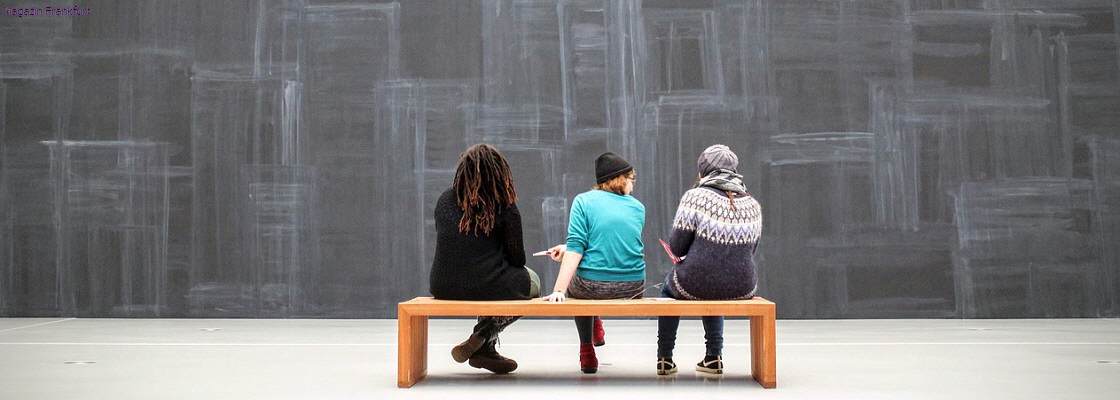Es ist eine der spektakulärsten Open-Air-Bühnen der Welt: die Hollywood Bowl in Los Angeles! Die weltberühmte Freiluftkuppel ist für ihre Konzerte mit Eventcharakter weltberühmt. Welcher Dirigent wäre für eine solche Konzertlokalität geeigneter als Gustavo Dudamel? Zusammen mit dem LA Philharmonic widmet er sich dem Nuevo Tango, den Astor Piazzolla berühmt gemacht hat. Musik von Piazzolla, Schifrin und Ginastera wird von herausragenden Solisten auf die Bühne gebracht, darunter der legendäre Ángel Romero. Die stimmungsvolle Kulisse des Hollywood Bowl, vor einem sternenverhangenen Nachthimmel über Hollywood, das macht die Aufnahme ebenso beeindruckend wie die musikalische Leistung. Ein Erlebnis!
Interviews mit Gustavo Dudamel, Ángel Romero und der inzwischen 85-jährigen Komponistenlegende Lalo Schifrin runden das Programm ab und machen diese DVD/BLU-Ray zu einem besonders reizvollen Angebot im Bereich der populären Klassik.
Schifrin’s Konzert der Freundschaft ist eine Weltpremiere und Nachfolger seines Konzerts für Guitarre und Orchester, dass 1984 mit dem Guitarristen Angel Romero in der Bowl Premiere feierte. Der Komponist schireb das letzte Guitarrenkonzert speziell für seinen langjährigen Freund Romero. "Die Struktur besteht aus drei Sätzen und hat manchmal Sonatenform, manchmal Thema und Variationen… es ist wie eine Reise,” sagt Schifrin. “Ich beginne mit einer Art Tanz… eine Art von mittelalterlichem Tanz verknüpft mit der Musik des 20. und 21. Jahrhundert. Auf diese Weise ist es eine Reise. Aber es ist auch eine Reise im geografischen Sinn, weil es afrikansiche Elemente enthält, offensichtlich europäische – speziell spansiche Elemente und auch südamerikansiche Elemente."
Among the leading lights of 20th-century concert music in South America, Argentina’s Alberto Ginastera is acknowledged for his successful blending of indigenous music with the more rigorous elements of European art music. The four dances from Ginastera’s ballet Estancia were inspired by the folklore of Argentina: the movements signifying the field hands, the wheat field, the cattle men, and the Argentine cowboys (gauchos).
Estancia, written in 1941 on a commission from American Ballet Caravan, was intended as a “ballet in one act and five scenes based on Argentine country life,” originally including spoken and sung elements. Because of problems on the part of Ballet Caravan, the ballet itself went unperformed until 1952, but the suite of four dances from the score was introduced at the venerable Teatro Coloacuten in Buenos Aires in 1943.
Piazzolla, for his part, wrote a more modern harmonic, melodic, and rhythmic tango, as we hear in his Tangazo, and later, in his most famous tangos including “La muerte del angel,” “Adios nonino,” and “Libertango.”
Born in Mar del Plata, Piazzolla immigrated to New York with his family, where he grew up on the Lower East Side. Sports and other activities interested him far more than did the tango, the music of his father. The gift of a bandoneón began to change that, however.
He was 16 years old when his family returned to Argentina, and he was soon working regularly in the best tango orchestras. In 1944 Piazzolla formed his own ensemble, the Orquesta del 46, to play his own compositions. At that time he also was studying composition with Ginastera. A symphony he composed in 1954 for the Buenos Aires Philharmonic earned him a scholarship to study in Paris with Nadia Boulanger, who advised him to cultivate the tango as his true mode of expression.
Schifrin admiringly calls Piazzolla “the voice of the tango,” and Dudamel observes that Piazzolla created a new form of the genre: “very modern, harmonically, melodically, rhythmically, it is very, very modern and it’s only Piazzolla.”
From the 1960s comes La muerte del ángel (from a series of ‘angel’ pieces), one of the distinctive pieces with which Piazzolla shook the conservative world of tango. “Nuevo tango = tango + tragedy + comedy + whorehouse” was an equation Piazzolla used to define his new direction. To that could be added greater harmonic sophistication and an elusive jazz swing. The selection of four tangos on the program are accompanied by dancers from the Tango Buenos Aires troupe.
Program
Ginastera: Four Dances from Estancia
|
|
